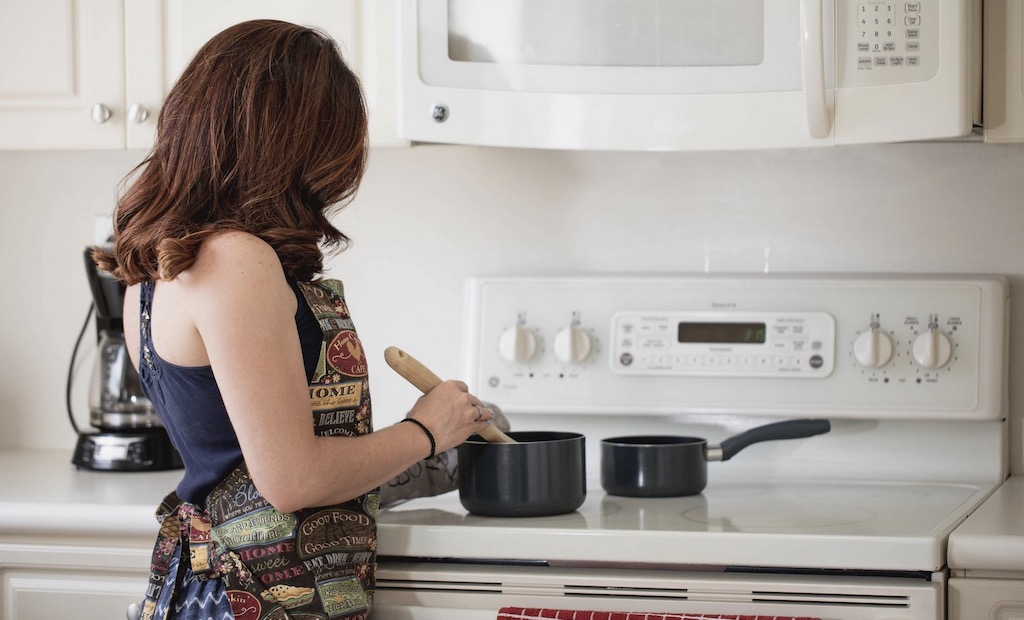Four tips to teach your children how to cook

Cooking is a life skill, and you should involve your kids in cooking from a young age. However, letting your children deal with fire on their own is dangerous, and you have to be more cautious. Modern kitchen appliances and cooking technology have introduced safer and easier cooking methods. When you think of teaching your kids cooking, you may be unsure of how to introduce them to it and also worry about when it’s safe to allow your kids to use a sharp knife or the stove.
Children love to learn new tasks. Even if your kid is not initially interested in cooking, you can reward them for preparing simple meals for themselves. Also, they are more likely to enjoy their food when they help you to make it. Though the introductory phases of cooking involve a careful eye for safety and a lot of cleaning up, teaching your kids how to cook is worth the effort.
This post covers some useful tips that can help teach your children how to cook.
1. Teach them health and safety
If you don’t want burns and food poisoning, teach your kids the health and safety rules of cooking first. Safety and health are two essential components of cooking that should not be compromised when you are teaching cooking skills to your kids. Tell your kids to wash their hands before cooking and after touching raw fish and meat. Make no running, jumping, fighting and skidding a rule for the kitchen. Tell your kids to focus on their tasks when using a sharp knife or the stove.
2. Assign them age-appropriate tasks
Age-appropriate means assigning different tasks to different kids, depending on their maturity, interests, strength, and coordination. When you think your child is ready to help you in the kitchen. Start by delegating them easy tasks they can do like mashing, spooning, kneading, rolling, tearing, washing, and stirring. Train them on how to chop bananas with a butter knife. As they get older, teach them how to chop vegetables with a sharp knife. Teach them whisking, peeling, slicing, spreading, grating, and simple cooking tasks like toasting and scrambling eggs.
3. Use normal utensils
Don’t buy special kitchen utensils to teach cooking. No iron mask can help protect your kids from bacon splatter. Let them work with regular cooking utensils as most kids are more than capable of using them. In fact, children’s cooking utensils are an unnecessary expense; they clutter up the kitchen, and kids will not be interested in using them as their competency increases. Get them used to the regular kitchen utensils so that no time is wasted on transitioning from kid’s utensils to the regular ones. Also, teach them how to use smart cooking appliances to make cooking fun and magical. Tell them how long it takes to cook their favourite meal in an oven, microwave, or an air fryer. Check air fryer reviews before you purchase one.
4. Allow your kids to choose the recipes
Allowing your little ones to choose which dish to cook ensures that they feel like they are making an important decision. Also, they are more likely to eat it when they have had a say in the selection of the meal. Offer them a selection of recipes to choose from. Start with child-friendly recipes so that your kid can contribute to the maximum in the cooking process without facing many difficulties.
The editorial unit
























Facebook
Twitter
Instagram
YouTube
RSS